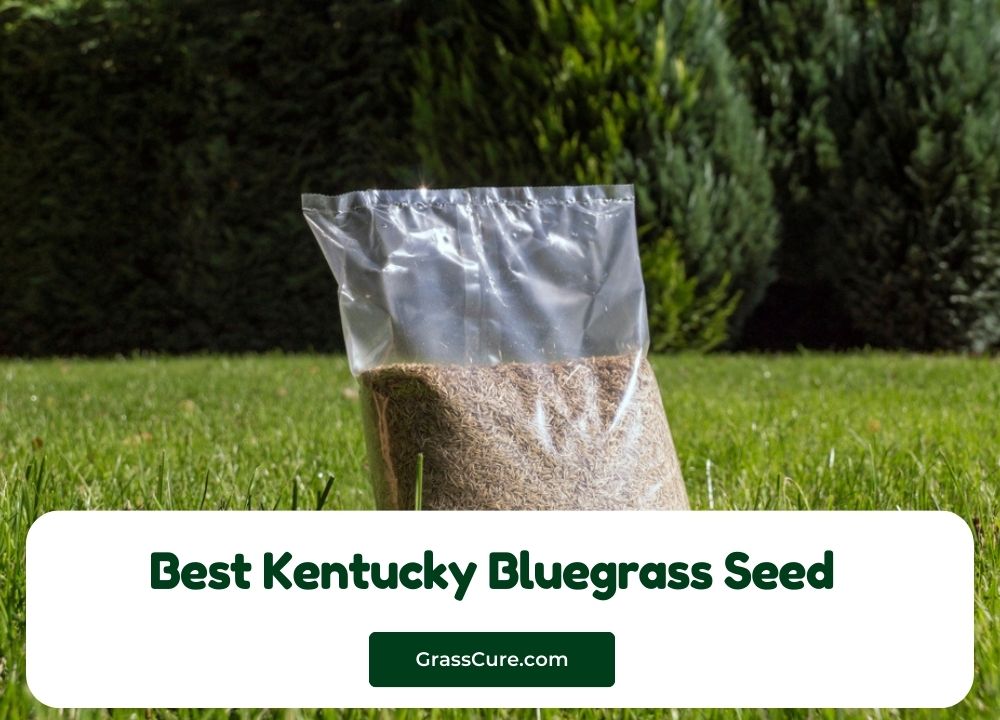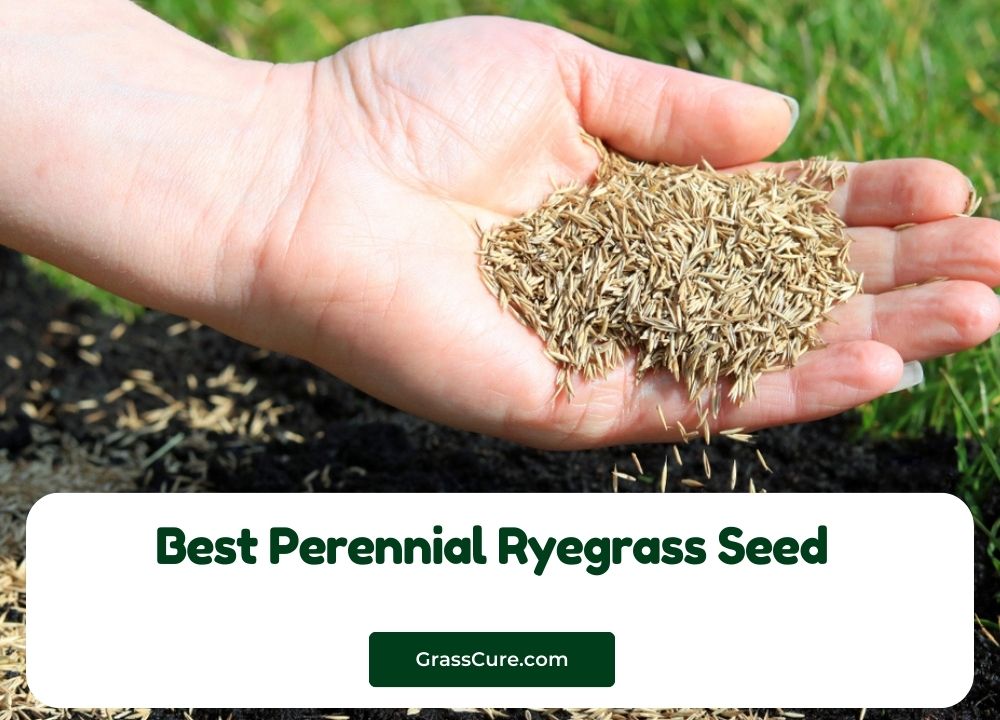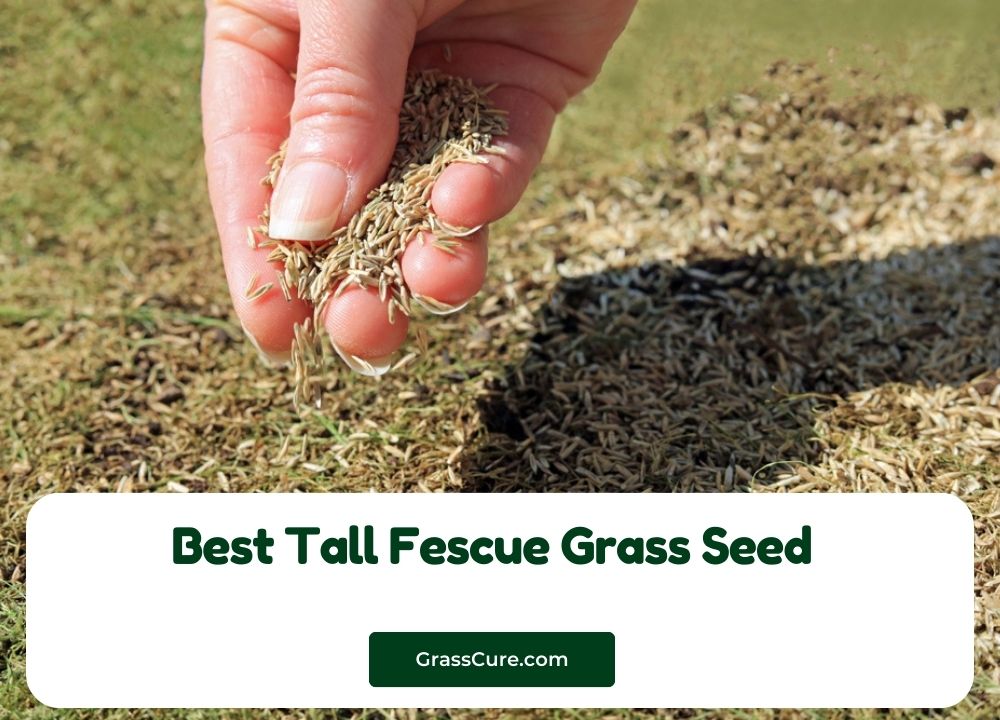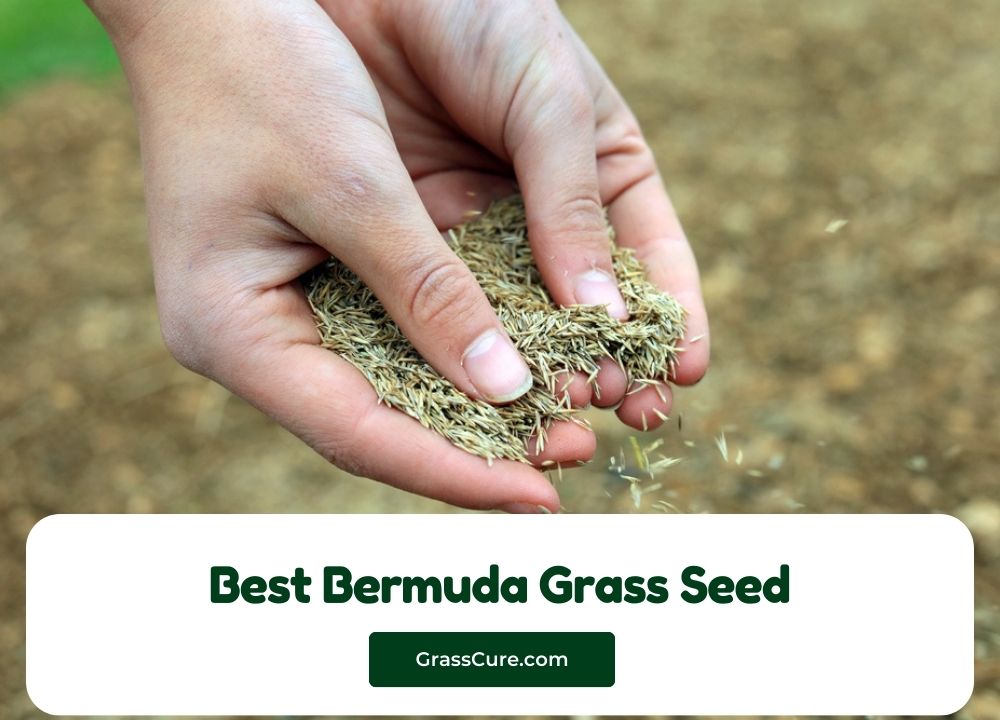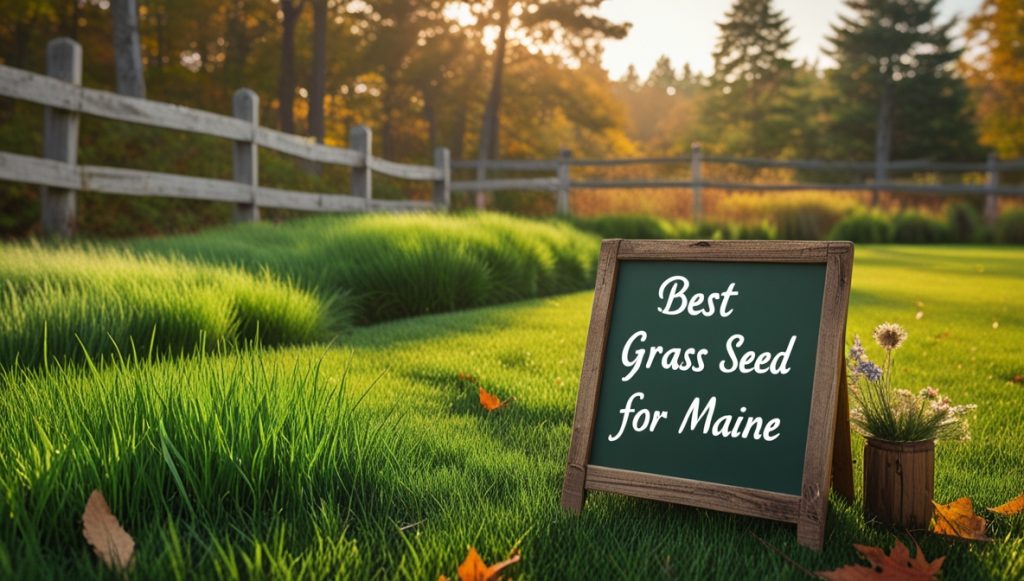Choosing the right grass seed for your Midwestern lawn can feel overwhelming. You want a lush, green yard that impresses neighbors and provides a perfect play space for your kids and pets.
But with so many options, how do you decide which grass seed is best? This is where we step in. By understanding the unique climate and soil conditions of the Midwest, you can make an informed decision that transforms your lawn into a beautiful, vibrant oasis.
Imagine stepping outside to enjoy a picnic on your soft, green grass or admiring your landscape from the window. Stick with us as we reveal the secrets to selecting the perfect grass seed for your Midwestern home, ensuring your lawn stays healthy and stunning throughout the seasons.
Contents
Choosing The Right Grass Seed
Selecting the right grass seed for the Midwest involves considering climate and soil conditions. Kentucky Bluegrass and Tall Fescue thrive in the region’s cooler temperatures. Ensure your choice matches your lawn’s sunlight exposure and moisture levels for a lush, green yard.
Choosing the right grass seed for your Midwest lawn can feel like a daunting task, but it doesn’t have to be. With the right information, you can select a seed variety that thrives in your specific environment. Let’s dig into what you need to consider to make an informed choice.
Factors Influencing Seed Selection
When selecting grass seed, consider your local climate. The Midwest experiences cold winters and hot, humid summers. This variation requires a seed that can withstand both extremes. Soil type is another crucial factor. Is your soil sandy, clay-heavy, or loamy? Understanding this will guide your seed choice. Test your soil if you’re unsure. Think about how much sunlight your lawn receives. Some grass varieties love the sun, while others prefer shade. Assess your yard’s light exposure throughout the day.
Popular Grass Varieties In The Midwest
Kentucky Bluegrass is a favorite in the Midwest. Known for its lush, dark green color and excellent cold tolerance, it thrives in well-drained soils. Consider Perennial Ryegrass if you need quick germination. It’s ideal for high-traffic areas and overseeding due to its rapid growth. For a more drought-resistant option, Tall Fescue is gaining popularity. It handles the summer heat well and requires less watering. Have you ever tried mixing seed types? A blend of these grasses can provide a robust lawn. Combining different seeds can cater to various parts of your yard and create a resilient lawn. What type of grass seed will you choose for your Midwest lawn? The right choice will save you time, money, and effort in the long run.
Climate Considerations
Choosing the right grass seed for the Midwest is crucial. The climate here poses unique challenges. Understanding these climate considerations can help you make an informed decision. You’ll want a lawn that thrives throughout the year.
Seasonal Weather Patterns
The Midwest experiences varied weather patterns. Winters are cold and snowy. Summers can be hot and humid. Spring and fall often bring rain and cooler temperatures. These changes affect grass growth. Selecting a seed that adapts to these shifts is important.
Temperature Tolerance
Temperature plays a significant role in grass health. Midwest grass needs to handle both freezing and scorching temperatures. Cool-season grasses often perform well here. They grow during spring and fall. Warm-season grasses struggle with cold winters. Consider the typical temperature range in your area.
Soil Types And Preparation
Choosing the right grass seed for the Midwest requires more than just picking a variety that looks nice. It’s essential to understand your soil type and prepare it properly to ensure your grass thrives. Whether your soil is sandy, clay-like, or somewhere in between, knowing how to identify and improve your soil conditions can make all the difference. Let’s dive into how you can get your lawn ready for that perfect green carpet.
Identifying Soil Types
Identifying your soil type is the first step towards a successful lawn. You might be wondering, how can you tell what kind of soil you have? A simple way is to perform a quick soil test. Grab a handful of soil and squeeze it. If it falls apart easily, it’s sandy. If it sticks together in a clump, it’s clay. Loamy soil, which is ideal, will feel smooth and will crumble easily when dry.
Another method is to observe your garden after a heavy rain. Does water pool and take ages to drain? You might be dealing with clay soil. If it drains quickly, it’s likely sandy. Understanding your soil type helps in selecting the right grass seed. Certain grasses thrive in different conditions, and knowing your soil can guide your choice.
Improving Soil Conditions
Improving your soil might seem daunting, but small changes can lead to big results. If your soil is sandy, adding organic matter like compost can improve its ability to retain water. Clay soils benefit from aeration and the addition of gypsum to enhance drainage.
Consider starting a compost bin if you haven’t already. It’s a cost-effective way to enrich your soil naturally. Adding compost regularly can change the texture of your soil over time. This improves nutrient uptake and supports healthy grass growth.
Have you ever noticed how vibrant your lawn looks after you give it some extra care? Preparing your soil properly is like laying down a solid foundation for your house. Without it, your grass might struggle. Are you ready to make the change?

Credit: mvslawn.com
Maintenance And Care
Choosing the right grass seed for the Midwest involves considering climate and soil type. Cool-season grasses like Kentucky bluegrass thrive in this region. Regular watering and mowing keep your lawn healthy and lush.
Choosing the right grass seed for your Midwestern lawn is just the first step. To ensure your grass thrives, it’s essential to focus on maintenance and care. Your efforts in watering, fertilization, and weed and pest control will determine the lushness of your lawn. Let’s dive into how you can nurture your grass to perfection.
Watering Practices
Proper watering is crucial for healthy grass. In the Midwest, aim to water deeply but less frequently to encourage roots to grow deeper. Ideally, your lawn should receive about 1 to 1.5 inches of water per week, including rainfall. Mornings are the best time to water. This helps prevent diseases that can occur when grass stays wet overnight. Keep an eye on your lawn’s appearance; if it looks dull or footprints remain visible, it might be thirsty.
Fertilization Tips
Fertilizing your lawn provides essential nutrients for growth. Use a slow-release fertilizer in spring and fall to maintain strong roots and vibrant color. It’s best to apply fertilizer when the grass is dry, followed by watering, to help nutrients soak into the soil. Consider performing a soil test to understand your lawn’s specific needs. This can prevent over-fertilizing, which can harm your grass and the environment. Remember, a little goes a long way.
Weed And Pest Control
Keeping weeds and pests at bay is vital for a healthy lawn. Regular mowing at the right height can help control weed growth. Most Midwestern grasses thrive when kept between 2.5 to 3.5 inches. Use natural pest control methods whenever possible to protect beneficial insects. You might be surprised how effective simple solutions like neem oil or diatomaceous earth can be. Are you noticing specific weeds or pests? Research targeted solutions to tackle them head-on. By focusing on these aspects of maintenance and care, you’re setting the stage for a lawn that not only looks good but feels good too. How will you implement these strategies in your lawn care routine?
Expert Recommendations
Choosing the right grass seed for the Midwest can be challenging. Experts offer valuable insights to help make informed decisions. The Midwest’s unique climate requires specific grass types that thrive. Here are expert recommendations for residential and commercial spaces. These choices ensure lush, healthy lawns that endure seasonal changes.
Top Picks For Residential Lawns
For residential lawns, Kentucky Bluegrass is a popular choice. It offers a dense, attractive appearance and thrives in cooler temperatures. Another option is Perennial Ryegrass. It grows quickly, providing rapid coverage and is ideal for overseeding. Fine Fescues are also recommended. They tolerate shade and require less maintenance, making them suitable for busy homeowners.
Best Choices For Commercial Spaces
Commercial spaces often need durable and low-maintenance grass. Tall Fescue is a top pick for its resilience and adaptability. It handles foot traffic well and stays green in various conditions. Bermuda Grass is another option. It thrives in warm weather and requires little watering once established. Zoysia Grass is excellent for commercial properties. It offers a uniform look and minimal upkeep, perfect for business settings.
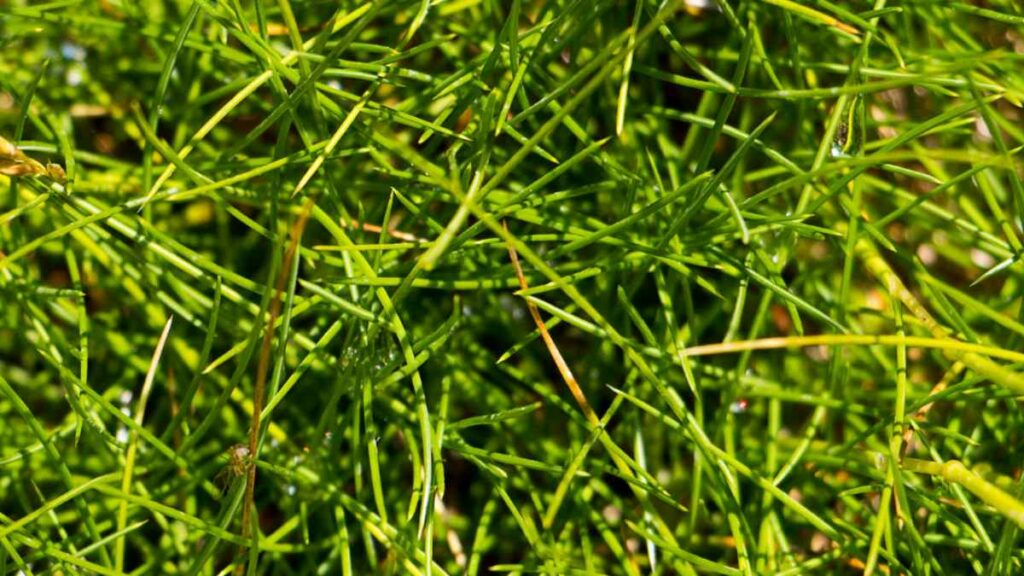
Credit: easylawn.com
Common Mistakes To Avoid
Choosing the right grass seed in the Midwest can be challenging. Mistakes can lead to patchy lawns and wasted efforts. Understanding common errors helps you avoid them and achieve a lush yard.
Overseeding Errors
Overseeding can improve lawn health but mistakes are common. Applying too much seed creates overcrowding. This leads to competition for nutrients. Sparse seeding results in bare patches. Balance is key to healthy growth.
Timing matters. Seed at the wrong season and it may not grow well. Spring or fall are ideal for most Midwest grasses. Proper timing ensures seeds thrive.
Ignoring Local Conditions
Midwest weather varies greatly. Ignoring local conditions affects seed success. Select grass suited to your specific climate. Consider rainfall, temperature, and soil type.
Research is crucial. Know your area’s challenges and choose seed accordingly. Consider drought-resistant varieties in dry regions. In cooler areas, opt for cold-tolerant grasses.

Credit: mvslawn.com
Frequently Asked Questions
What Is The Best Grass Seed For Midwest?
The best grass seed for the Midwest is Kentucky Bluegrass. It offers excellent cold tolerance and a lush appearance. This type adapts well to the region’s climate and soil conditions. It requires regular maintenance but thrives in the Midwest’s seasonal changes, making it a popular choice among homeowners.
How Does Climate Affect Grass Seed Choice?
The Midwest’s climate impacts grass seed choice significantly. Cold winters and warm summers require resilient grasses. Choose seeds like Kentucky Bluegrass or Perennial Ryegrass for better adaptation. They withstand temperature variations and recover well from seasonal stress, ensuring a healthy lawn throughout the year.
Can I Mix Different Grass Seeds In The Midwest?
Yes, mixing grass seeds can enhance lawn resilience in the Midwest. Combining Kentucky Bluegrass with Perennial Ryegrass creates a robust lawn. This mix offers improved disease resistance and adaptability. Blending different seeds ensures a thicker turf and better coverage, accommodating diverse weather conditions effectively.
When Should I Plant Grass Seed In The Midwest?
Plant grass seed in the Midwest during early fall or spring. These seasons provide optimal growing conditions. Cooler temperatures and consistent rainfall support seed germination and establishment. Avoid planting in extreme weather to ensure successful growth and a thriving lawn throughout the year.
Conclusion
Choosing the right grass seed is crucial for a healthy lawn. The Midwest has diverse weather. So, select a seed that suits this region. Consider factors like sun exposure and soil type. Kentucky Bluegrass is popular here. It thrives in cooler climates.
Tall Fescue is another great choice. It handles shade well. For dry areas, try Perennial Ryegrass. It grows fast and stays green. Test your soil before planting. This helps in selecting the best seed. Remember, a well-chosen grass seed leads to a lush, green yard.
Enjoy your beautiful Midwest lawn!

